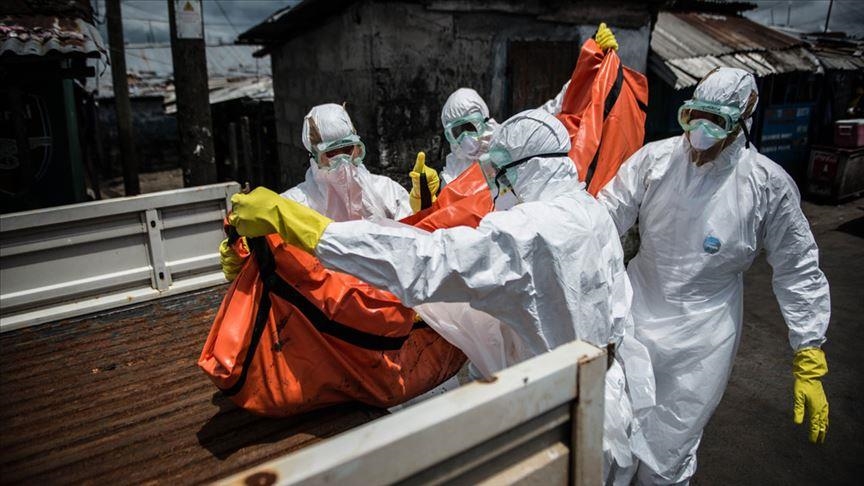Ebola transmission in DR Congo shows signs of decline: WHO
Decreasing case-fatality ratio trend has been observed over time with improvement in surveillance and quality of case management, report says
 File Photo
File Photo
KIGALI, Rwanda
The Ebola virus disease outbreak in the southern Democratic Republic of Congo is showing “signs of a notable decline in transmission,” the World Health Organization (WHO) said Wednesday.
In a situation report, the WHO Regional Office for Africa said that in the past two weeks, fewer cases have been reported among children.
“A decreasing case fatality ratio (CFR) trend has been observed over time with improvement in surveillance and the quality of case management,” it said.
The report said that as of Sept. 28, a total of 64 Ebola cases, including 53 confirmed and 11 probable, have so far been recorded from the Bulape Health Zone in Kasai Province.
Up to 42 deaths (31 confirmed and 11 probable) were also reported.
Health authorities in Congo declared the country's 16th Ebola outbreak on Sept. 4 in Kasai Province, neighboring Angola.
At least nine cases have since been discharged and 13 are currently admitted and undergoing care.
The overall case fatality ratio is 65.6%.
According to the WHO, five confirmed cases have been reported among health care workers, including three deaths.
Since the onset of the outbreak, women have accounted for the majority of the cases, or 57.8%, while children aged 0-9 years make up 25.0%, the WHO said.
The outbreak remains confined to six affected health areas out of the 21 that make up the Bulape Health Zone.
Ebola virus disease is a serious, often fatal illness in humans. The virus is transmitted to humans through close contact with the blood or secretions of infected wildlife and then spreads through human-to-human transmission.








